Refine search
Actions for selected content:
5849 results in Programming Languages and Applied Logic
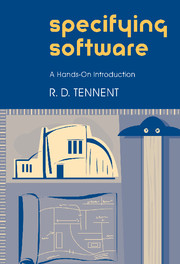
Specifying Software
- A Hands-On Introduction
-
- Published online:
- 05 June 2012
- Print publication:
- 25 February 2002
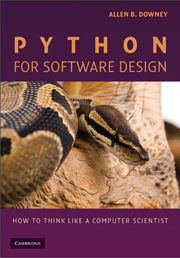
Python for Software Design
- How to Think Like a Computer Scientist
-
- Published online:
- 05 June 2012
- Print publication:
- 09 March 2009
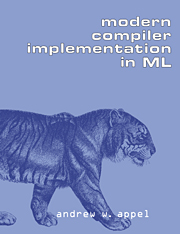
Modern Compiler Implementation in ML
-
- Published online:
- 05 June 2012
- Print publication:
- 13 December 1997
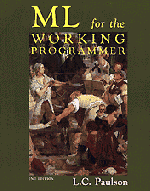
ML for the Working Programmer
-
- Published online:
- 05 June 2012
- Print publication:
- 28 June 1996
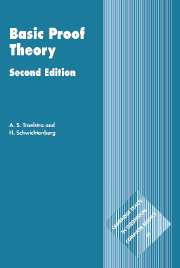
Basic Proof Theory
-
- Published online:
- 05 June 2012
- Print publication:
- 27 July 2000
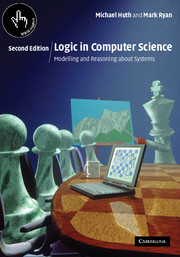
Logic in Computer Science
- Modelling and Reasoning about Systems
-
- Published online:
- 05 June 2012
- Print publication:
- 26 August 2004
-
- Textbook
- Export citation
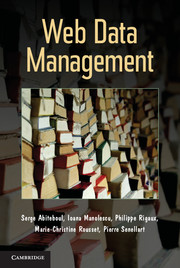
Web Data Management
-
- Published online:
- 05 June 2012
- Print publication:
- 28 November 2011
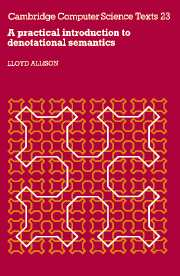
A Practical Introduction to Denotational Semantics
-
- Published online:
- 05 June 2012
- Print publication:
- 30 January 1987
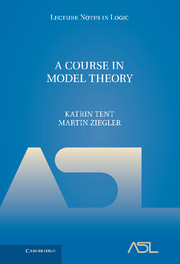
A Course in Model Theory
-
- Published online:
- 05 June 2012
- Print publication:
- 08 March 2012
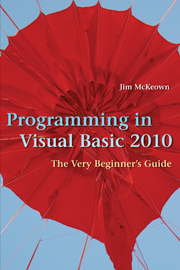
Programming in Visual Basic 2010
- The Very Beginner's Guide
-
- Published online:
- 05 June 2012
- Print publication:
- 22 March 2010
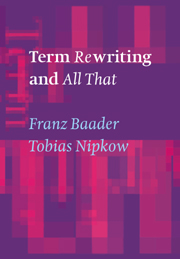
Term Rewriting and All That
-
- Published online:
- 05 June 2012
- Print publication:
- 05 March 1998
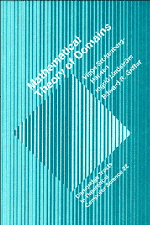
Mathematical Theory of Domains
-
- Published online:
- 05 June 2012
- Print publication:
- 22 September 1994

Lisp in Small Pieces
-
- Published online:
- 05 June 2012
- Print publication:
- 28 June 1996
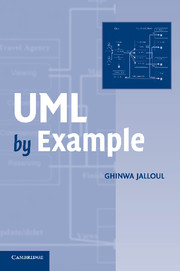
UML by Example
-
- Published online:
- 05 June 2012
- Print publication:
- 19 January 2004
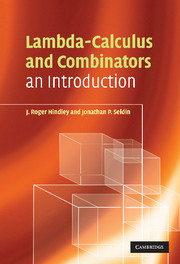
Lambda-Calculus and Combinators
- An Introduction
-
- Published online:
- 05 June 2012
- Print publication:
- 24 July 2008

Steps in Scala
- An Introduction to Object-Functional Programming
-
- Published online:
- 05 June 2012
- Print publication:
- 23 September 2010
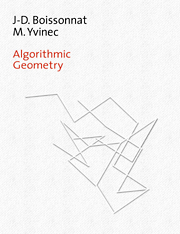
Algorithmic Geometry
-
- Published online:
- 05 June 2012
- Print publication:
- 05 March 1998
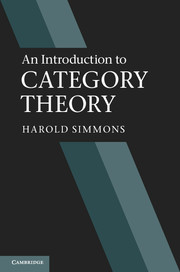
An Introduction to Category Theory
-
- Published online:
- 05 June 2012
- Print publication:
- 22 September 2011
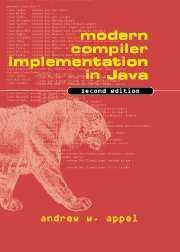
Modern Compiler Implementation in Java
-
- Published online:
- 05 June 2012
- Print publication:
- 21 October 2002
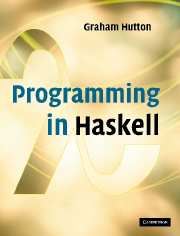
Programming in Haskell
-
- Published online:
- 05 June 2012
- Print publication:
- 15 January 2007
-
- Book
- Export citation
